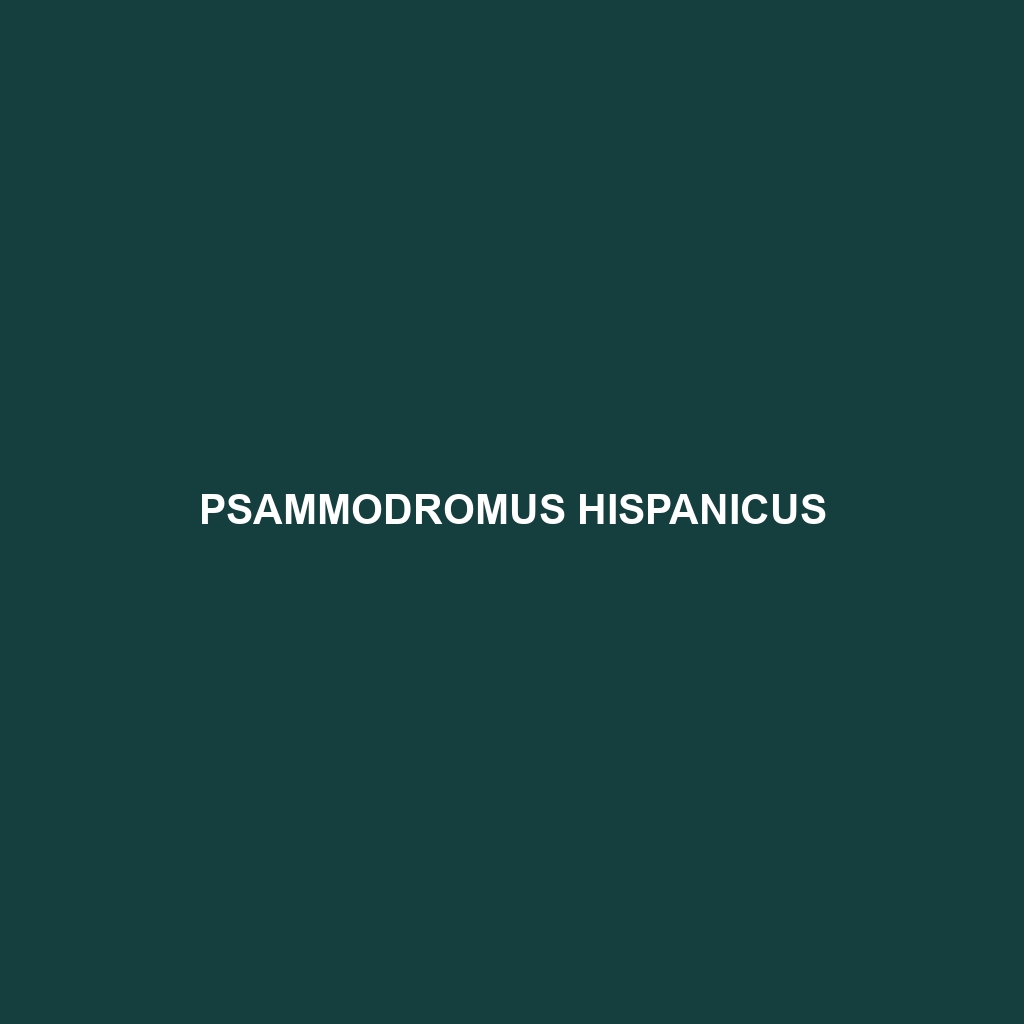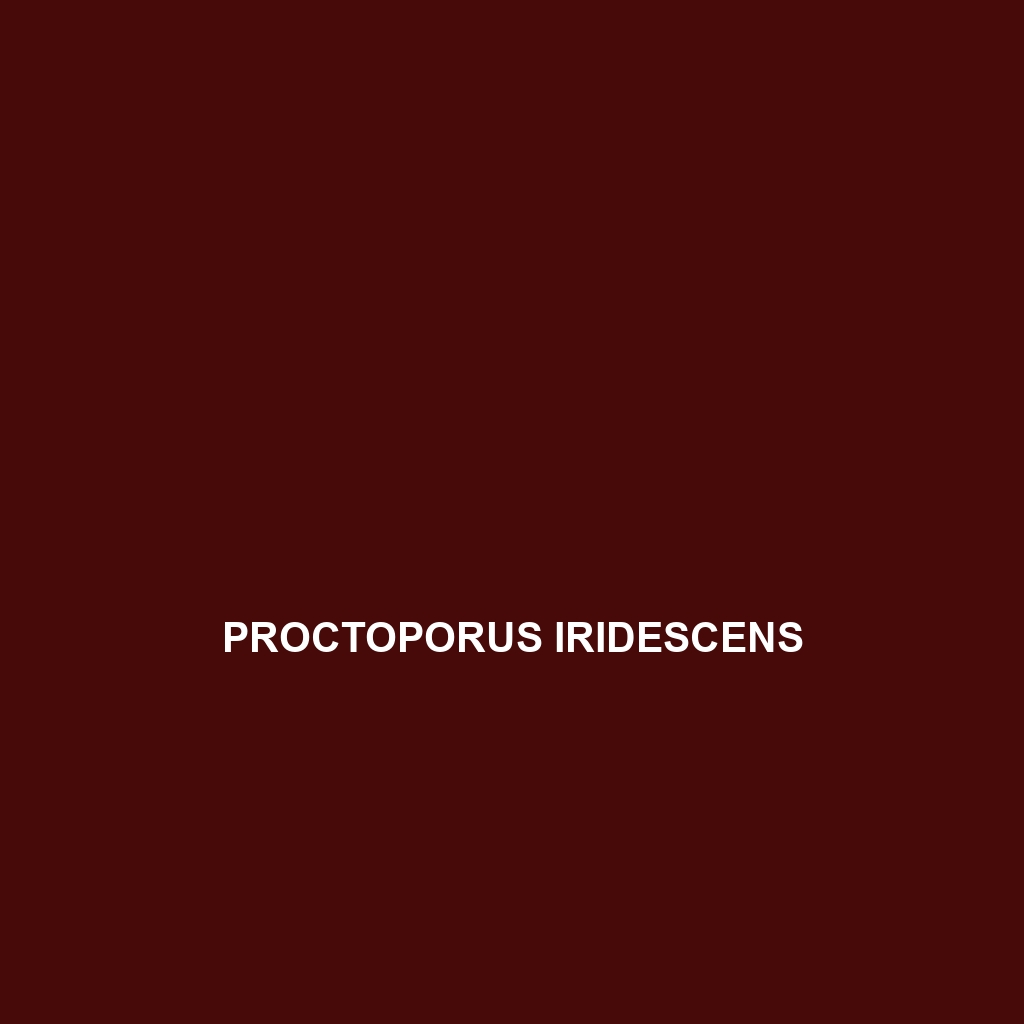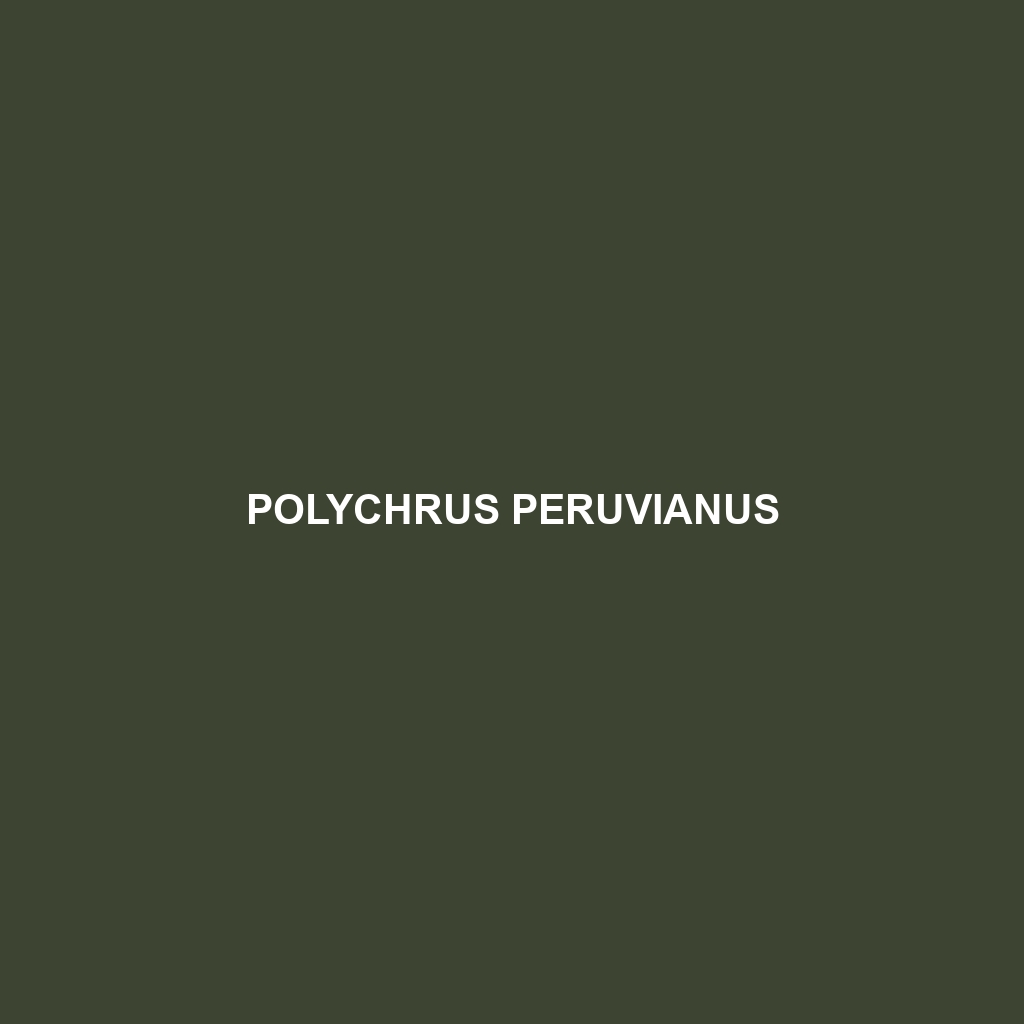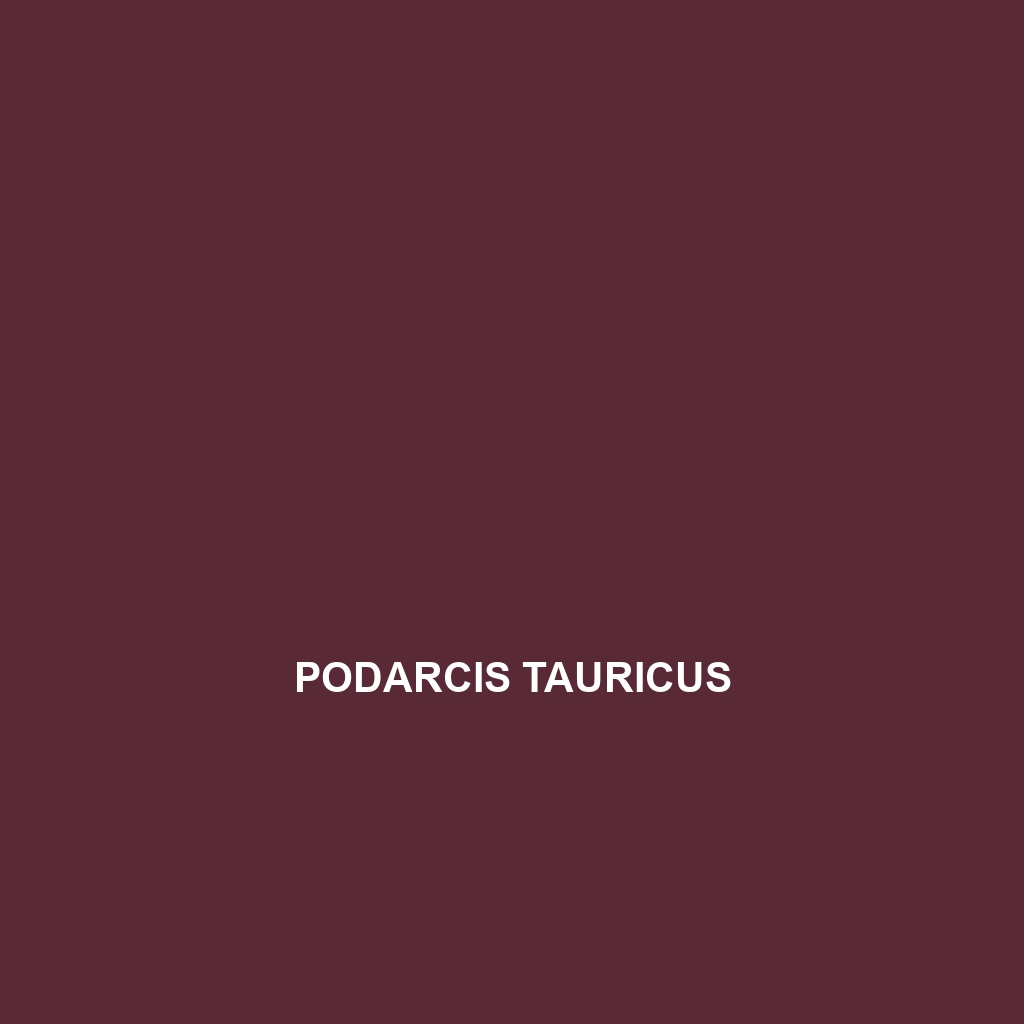<b>Psammodromus hispanicus</b>, commonly known as the Iberian sand racer, is a slender, diurnal lizard found in the southeastern regions of Spain, thriving in warm, sandy habitats. With a striking coloration and impressive agility, it primarily feeds on insects and plays a crucial role in regulating local ecosystems.
Tag: diurnal lizards
Proctoporus machupicchu
Proctoporus machupicchu, commonly known as the Machu Picchu Lizard, is a vulnerable species native to the highland regions of Peru, thriving in temperate forests and moist montane ecosystems. Measuring 15 to 20 centimeters, these diurnal insectivores exhibit striking iridescent scales and play a crucial role in their ecosystem by controlling insect populations.
Proctoporus iridescens
<p><b>Proctoporus iridescens</b>, known as the iridescent lizard, showcases a stunning iridescent coloration and a slender build, typically measuring 15 to 20 centimeters in length. Found in the rainforests of South America, this insectivorous reptile plays a crucial role in maintaining ecological balance by regulating insect populations and serving as prey for larger animals.</p>
Polychrus peruvianus
Discover the Polychrus peruvianus, or Peruvian bush anole, a captivating medium-sized lizard native to the Amazon Basin, known for its vibrant color changes and excellent climbing skills. This insectivorous species plays a critical role in its ecosystem by regulating insect populations and aiding in seed dispersal, all while adapting seamlessly to its lush rainforest habitat.
Polychrus femoralis
Discover the fascinating Polychrus femoralis, or femoral polychrus, a vibrant lizard native to the tropical rainforests of Central and South America. Known for its remarkable climbing abilities and unique camouflage, this omnivorous species plays a vital role in its ecosystem by regulating insect populations and aiding in pollination.
Pogona nullarbor
<b>Pogona nullarbor</b>, known as the Nullarbor Bearded Dragon, is a robust, diurnal lizard native to Australia's semi-arid Nullarbor Plain, exhibiting a distinct appearance with colors ranging from sandy browns to muted greens. This omnivorous species thrives on a varied diet of insects and vegetation, plays a key role in its ecosystem, and is recognized for its captivating reproductive behaviors and adaptations, including color change for camouflage.
Pogona barbata
<p><b>Pogona barbata</b>, also known as the Eastern Bearded Dragon, is an adaptable lizard native to eastern Australia, characterized by its robust body, distinctive beard-like throat, and a diet of insects and vegetation. These diurnal reptiles thrive in diverse habitats and play a crucial role in maintaining ecological balance.</p>
Podarcis tauricus
<b>Podarcis tauricus</b>, also known as the Turkish rock lizard, is a diurnal insectivore found across southeastern Europe and western Asia, thriving in rocky, scrubland, and urban habitats. This striking lizard reaches 20-25 cm in length, displaying a variety of colors and patterns, making it an intriguing species known for its adaptability and ecological role in regulating insect populations.
Podarcis melisellensis
<p><b>Podarcis melisellensis</b>, known as the Melisella lizard, thrives in the Mediterranean region, particularly in Italy, and features a slender body averaging 15 to 20 cm, with adaptable coloration for camouflage. As an insectivore, it plays a crucial role in maintaining ecological balance and exhibits fascinating behaviors, including diurnal activity and territorial displays during mating season.</p>
Podarcis hispanicus
<b>Podarcis hispanicus</b>, known as the Iberian wall lizard, is a vibrant and adaptable species native to the Iberian Peninsula, measuring 6 to 9 inches long. Primarily insectivorous, these diurnal lizards thrive in diverse habitats, showcasing remarkable behaviors, such as tail regeneration and unique mating rituals during the spring and summer.









